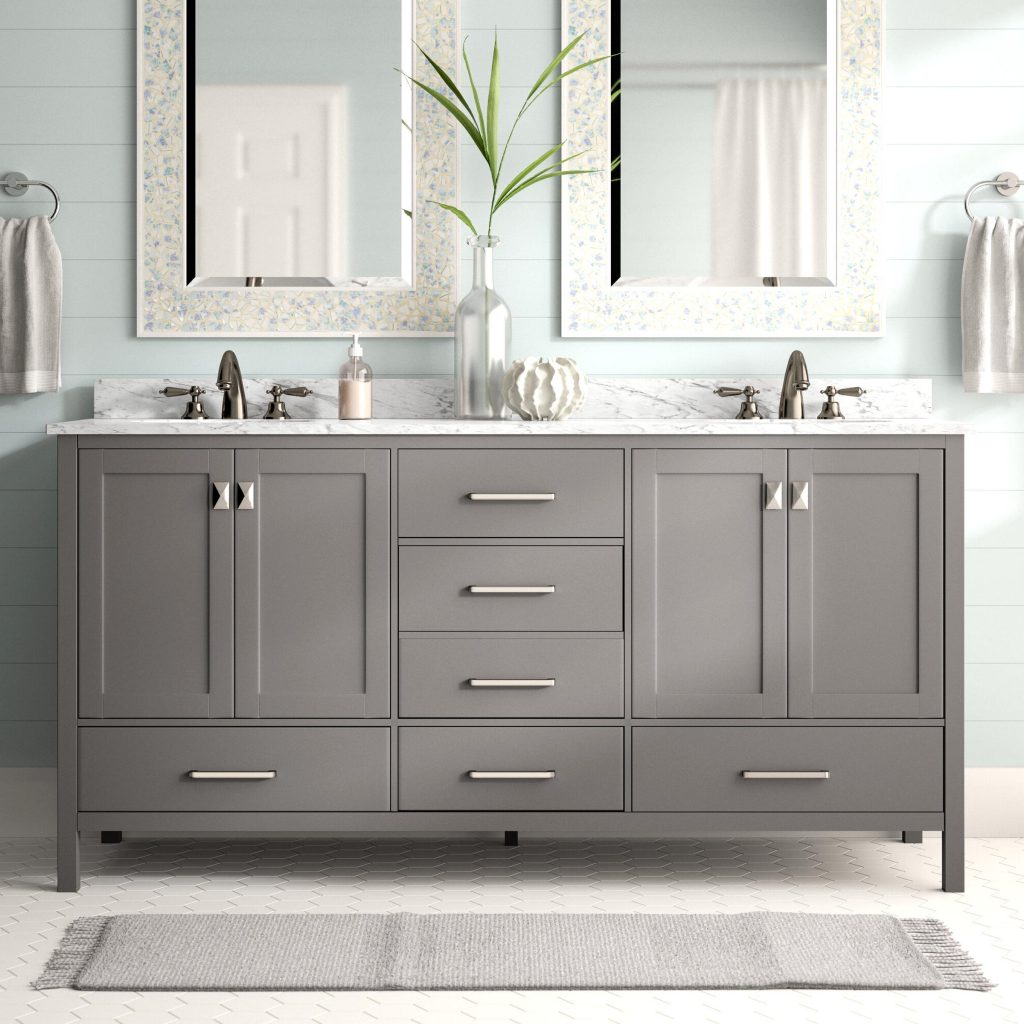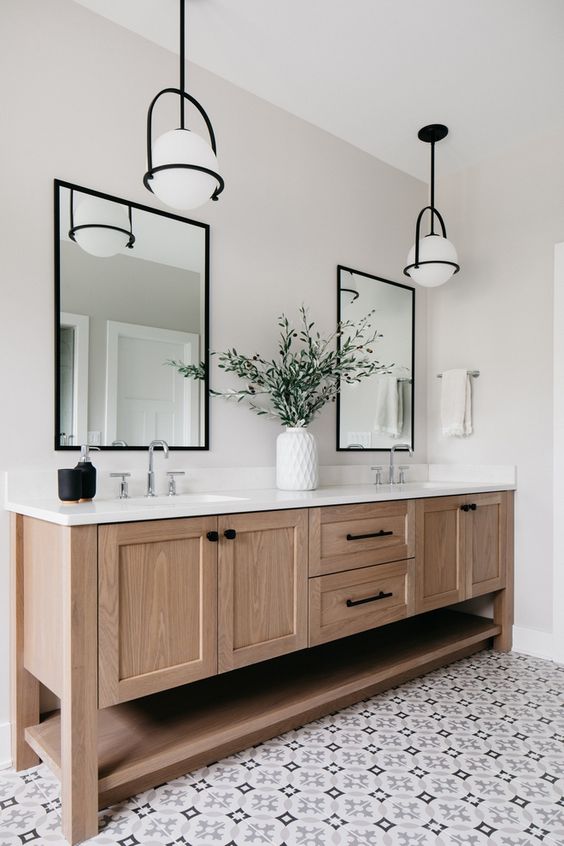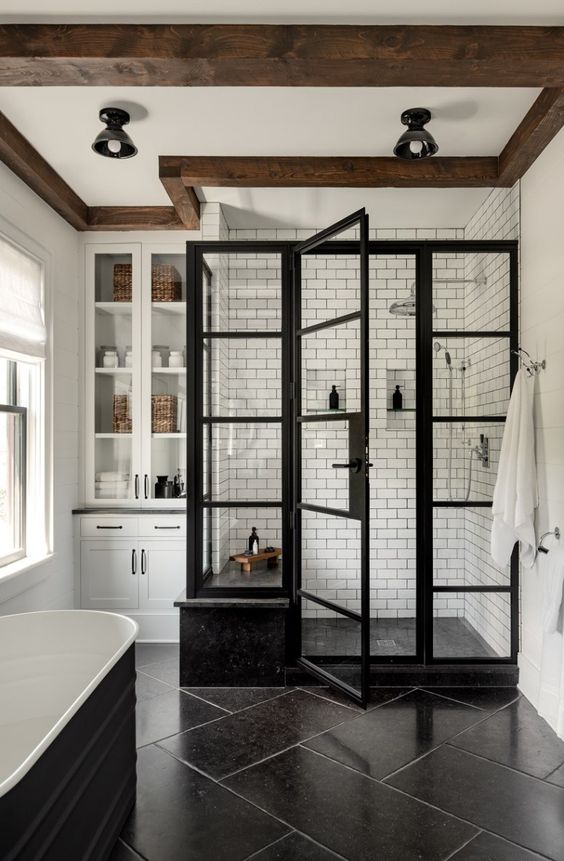Whether you are planning a bathroom renovation for aesthetic appeal, a more functional layout, or updating outdated and faulty fixtures, there is a lot more to consider than tile colors and showerhead types before commencing your project.
Here are 7 vital things you should consider before taking on your bathroom renovation project on your own.

1.Compliance
Your local municipality will have building and sanitation regulations that you have to comply with. These regulations include a list of aspects from waterproofing to the manufacturing and quality standards of sanitary installations. A renovation specialist will be well acquainted with the do’s and don’t and can simplify this process for you.
2.Bathroom Ventilation
Bathroom ventilation regulations require windows to be at least the size equal to 5% of the bathroom floor space. In addition, you may also require an extractor fan to be installed.
3.Electrical Regulations
Special care needs to be taken around electrical systems in bathrooms, especially when both plumbing and electrical systems are positioned on the same wall or in near proximity to one another. Safety regulations ensure that water does not come into contact with electrical features. These protocols include the positioning of sockets and placement of electrical outlets, bathroom lighting, and heating features such as heated towel rails.
4.Height of Bathroom Furnishings
This might seem simple, but having your basin, showerhead, toilet, towel rails, or cabinets installed at the incorrect height could make for a very uncomfortable morning routine.
5.Space

Be realistic about the space you have available and which features to prioritize. If a bathtub is a must, you may want to incorporate a handheld shower to save space. Similarly, you can incorporate cabinets under or above the sink to make the most of the space you have available. Your bathroom renovation specialist will be able to provide you with the best space-saving, functional options.
6.Importance of the Correct Lighting
Besides the fact that bathrooms can get wet and slippery, they are also used largely for grooming and this means that adequate lighting is essential. The type of lighting as well as the positioning of the lights are equally important.
7.Building Structure
Due to the above-mentioned regulations as well as the current building structure of your property you may not be able to lay out all the features of your new bathroom exactly where you want them. You will need to be familiar with the positioning of the current plumbing system and electrical layout and consider whether these aspects are modifiable, or whether you will have to adjust your layout to their current positioning. You may need a professional to help you with these technical aspects in figuring out a functional layout that fits within your current building structure.

Unlike laying a carpet or installing new cupboard doors, a bathroom renovation can be a messy and all-consuming endeavor. A glorious mess of grout, sealant, water, electrical appliances, and shards of tiles will most likely make up a large portion of the renovation process. Before you get overwhelmed, get a professional to help you with a detailed plan of all the nitty-gritty features and installations, as well as a working timeline including the required period needed for grout, sealant, cement, and paint to dry adequately.